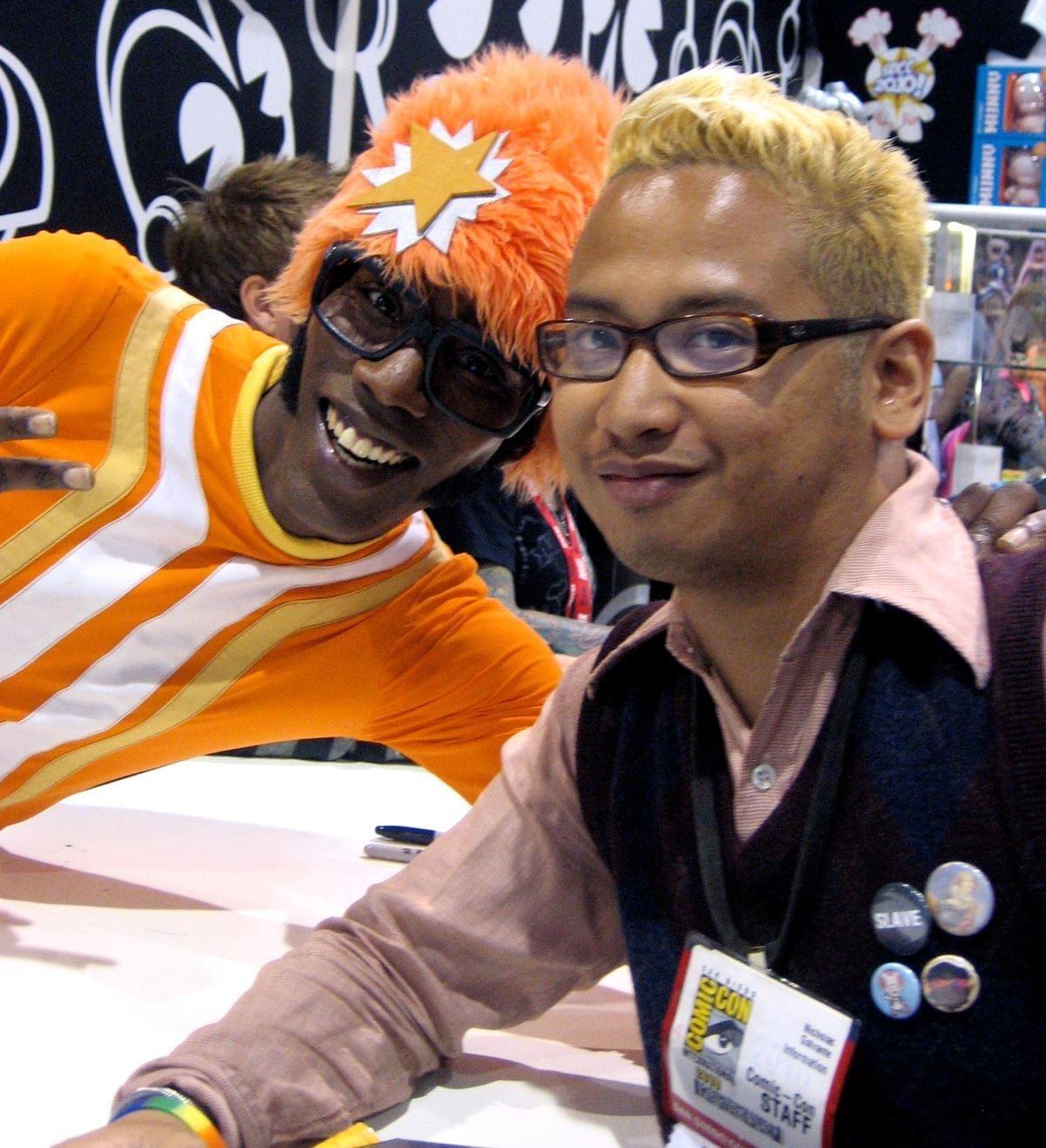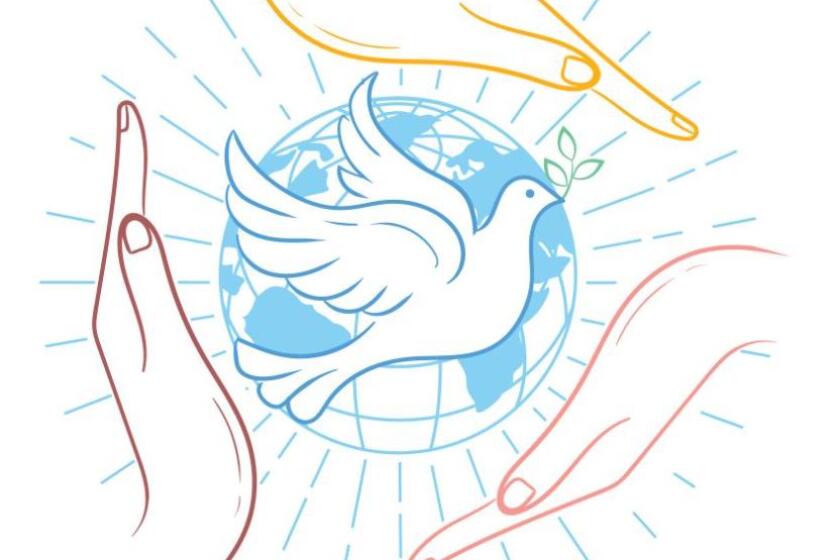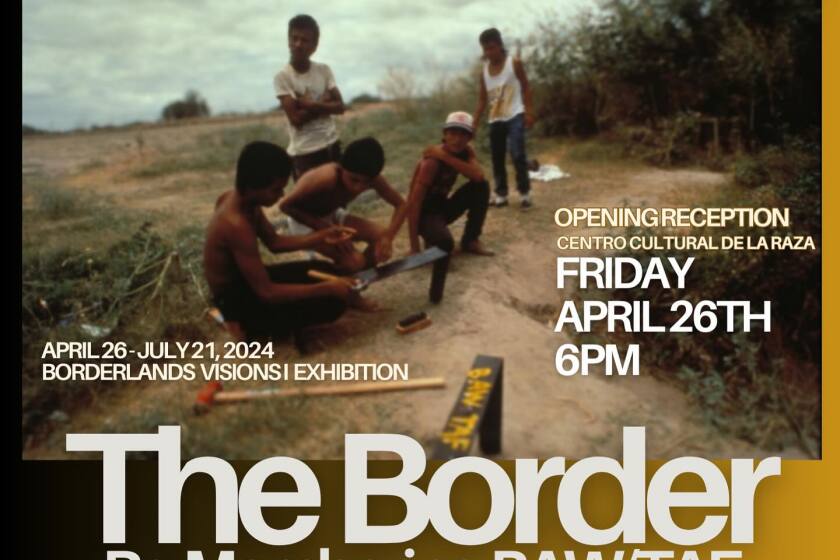Opinion: When I first attended Comic-Con, it only cost $20. It’s since become my safe space.

Fans like me felt as if they were part of some incredible secret in the early years of Comic-Con.
Galvante is a film student at Mesa College and a manager at an antique/vintage shop in La Mesa. He lives in National City.
My origin story with San Diego Comic-Con International happened before geek culture proliferated Hollywood. It was a time before Petco Park and the gentrification of Downtown. The year was 1997. Back then, Harbor Drive was open to those who didn’t have a badge. Anyone could walk up to the front of the convention center, where someone would be sitting behind a fold-out table, and you would pay the fee to get in, which was $20 for me. The big draw that year was David Hasselhoff (of “Baywatch” and “Knight Rider” fame) who was promoting “Nick Fury: Agent of S.H.I.E.L.D.” and playing the main Marvel character. (That character is now played by Samuel L. Jackson — quite an improvement.)
The double strike in Hollywood involving the Writers Guild of America and the Screen Actors Guild-American Federation of Television and Radio Artists sent the organizers of International San Diego Comic-Con scrambling as studios, actors and others pulled out of the pop culture extravaganza. But as three writers explain below, fans will still file in.
It is unbelievable how things have changed. Back then, mainstream America didn’t take geek culture seriously. Hollywood and media corporations threw less money at it. Yet I was OK with that. Sure, I had my staple beloved comic-book heroes I had grown up with, such as Batman, Spider-Man and others. But at Comic-Con, I got to find my path and expose myself to less mainstream things, such as independent/underground comics and fanzines at the small press areas.
I was (and still am) a massive alternative/underground rock music fan, so I felt a connection at Comic-Con. All underground cultures go hand in hand, and fans like me felt as if they were part of some incredible secret in the early years of Comic-Con. In those days, if people knew you were going to Con, you were made fun of by those who didn’t understand geek culture! Especially walking through the Gaslamp Quarter, when people saw you dressed up in cosplay, they would laugh! But I didn’t care. I was having the time of my life in those days. I miss those fun warehouse artist paint parties during the convention. Those were the cool secret after-parties, now replaced by companies renting out nightclubs, charging hundreds of dollars for attendees to enter.
In its infancy, Comic-Con and security were very relaxed. Some friends and I would sneak upstairs and find the circular window tubes above the convention center floor. We would sit inside them to get a good view of the exhibit floor. I wished we had iPhones back then to capture those moments. It was dangerous and exciting, yet silly. I couldn’t do that now, considering how high it was and the possibility of it breaking. Comic-Con is a wonderland of different genres mixing together like fresh basil and shallots in a pop culture-like gumbo.
It truly is a safe space.
In 2012, it was the first time I brought my then-boyfriend from Jamaica. I wasn’t the type who showed affection in public. And he was so new to it all. We were on the exhibit floor. I had to get in one of those long lines for merchandise. He wanted to get something. We were both happy to be there with each other. Thousands of people were walking around. And we just started to kiss in the middle of the floor. It was a beautiful memory.
What I cherished the most was in 2006. Legendary writer/producer Kenneth Johnson (creator of “The Bionic Woman” and the “Alien Nation” TV series and the 1983 miniseries “V”), was promoting the DVD release of “The Incredible Hulk,” which ran from 1977-1982, in a medium-sized panel room that wasn’t in the featured Hall H. When it was time for Q&A with the audience, I told Kenny that his work wasn’t just entertainment. His stories meant something because they dealt with intolerance, bigotry, prejudice and corruption. I said he was way more talented than others currently occupying Hall H. I then told the audience that we should give Kenny a colossal hand for the fantastic work he had created. He received a standing ovation for over a couple of minutes. Right after the panel ended, strangers from the audience approached me and told me how cool it was for me to do that. When I finally met Kenny, he told me how much it meant. We became friends and keep in touch via email.
At the 2019 Comic-Con, I got to meet his wife, Susie. To this day, he says that 2006 memory is a highlight in his career, one that he will cherish forever. That’s what I love about Comic-Con: all the connections and friendships that I made against this backdrop of all things pop culture.
Get Weekend Opinion on Sundays and Reader Opinion on Mondays
Editorials, commentary and more delivered Sunday morning, and Reader Reaction on Mondays.
You may occasionally receive promotional content from the San Diego Union-Tribune.





